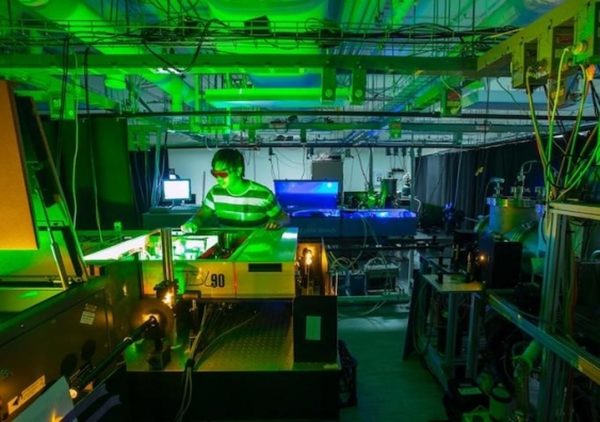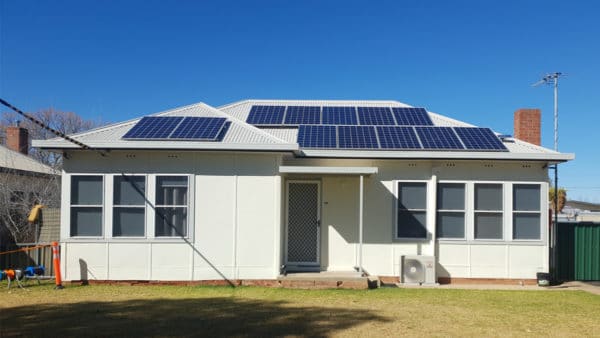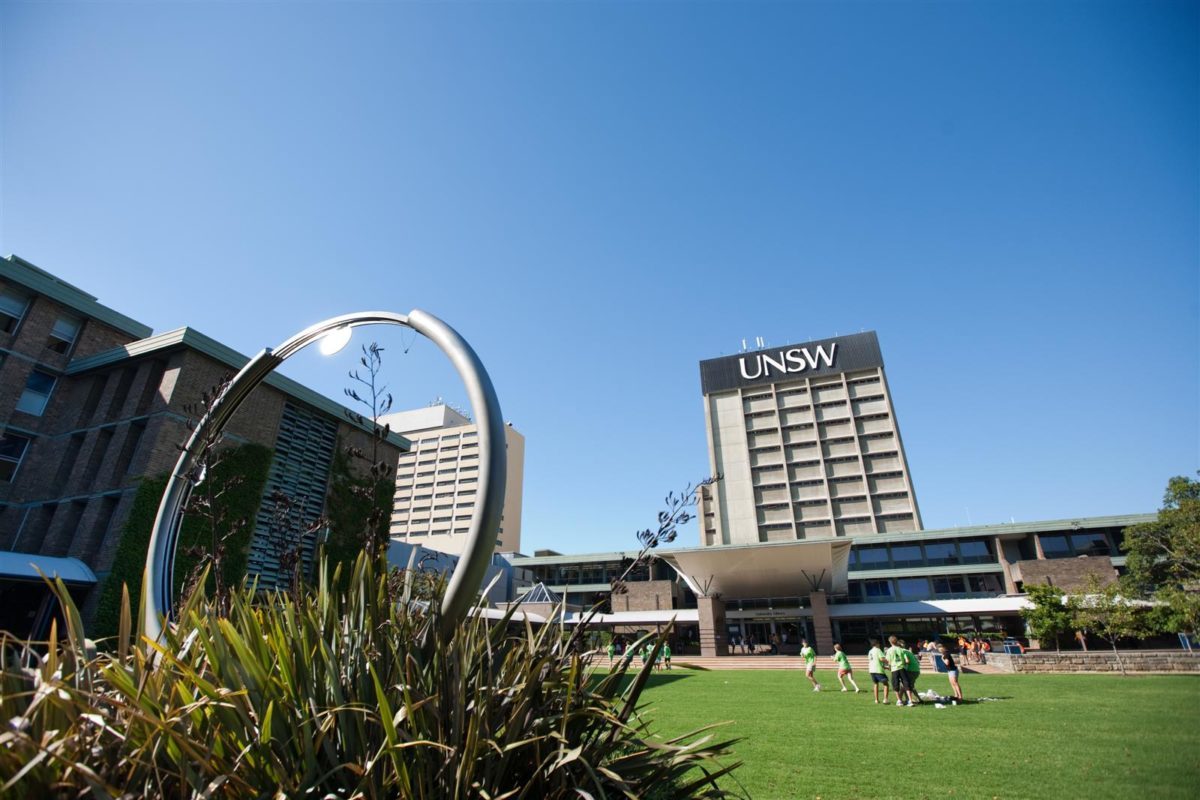Three research teams from the University of New South Wales (UNSW) Engineering faculty’s School of Photovoltaic & Renewable Energy Engineering (SPREE) have been awarded a combined $1.53 million to help fund a series of projects, including one seeking to develop an inspection system for next-generation solar cells and another aiming to develop solar-powered building steel.
Associate Professor Ziv Hameiri has secured $530,000 to develop an Australian-made inspection system for next-generation solar PV cells.
The system is expected to allow for fast measurements of large-size tandem solar cells for the first time and will also help determine key parameters that can’t be measured by current methods.
The system’s capability is expected to generate new knowledge in the areas of perovskite and tandem solar cells.
The UNSW said the project will improve the quality of advanced solar PV cells and enhance Australia’s capabilities in building sophisticated characterisation instruments.
The research team said the project could lead to cheaper solar energy and the development of a local inspection industry.
Almost $590,000 has been allocated to develop a long-life, stable, high-performing and green chalcopyrite solar-powered building steel.
It’s expected the steel will be a truly green building integrated PV (BIPV) product for building deployment.
It is anticipated the project, to be led by Associate Professor Xiaojing Hao, will help accelerate the transition to the zero-emission building and establish Australia’s excellence in green steel for BIPV.

Image: UNSW Sydney/Exciton Science
Dr Michael Nielsen will receive just over $417,000 to develop nonlinear optical metrology of electronic interfaces for silicon devices in partnership with Femtometrix.
The quality of these silicon-dielectric interfaces, which are affected by trapped charges and defects, are critical for microelectronic and optoelectronic device manufacturing.
It’s hoped the SPREE project will improve a technology which could be useful for the development of new PV materials.
The three UNSW projects are among 67 new research projects which received a total $31.7 million in the latest round of the Australian Research Council’s (ARC) Linkage Project Grants scheme.
ARC chief executive Professor Sue Thomas said the scheme brings together higher education and industry to conduct research and development which is fundamental to transforming industries.
“The Linkage Projects scheme is about encouraging collaboration between researchers, industries and communities to find solutions to real, everyday challenges and issues,” she said.
“It’s about bringing together the scientists in our research institutions with those who can apply the outcomes of research to create meaningful outcomes that benefit the Australian community.”

Image: LAHC
Meanwhile, researchers at the Australian National University (ANU) will focus on making solar modules more accessible for renters after securing funding in the latest round of Energy Consumers Australia’s (ECA) Grants Program.
With Australians who live in rental properties seven times less likely to have rooftop solar, researchers from ANU have been granted $77,070 to discover and advise on what policies will best address the discrepancy.
ECA chief executive Lynne Gallagher said she sees huge value in the ANU research project and the ability it has to fill a gap in the policy-making sector’s knowledge.
“Renters are a cohort who have often been excluded from achieving the benefits of rooftop solar: greater energy independence, cheaper bills, and lowered emissions,” she said.
”We need to better understand the policy interventions that can address this gap, and this project is set to provide that knowledge in a highly collaborative way.”
This content is protected by copyright and may not be reused. If you want to cooperate with us and would like to reuse some of our content, please contact: editors@pv-magazine.com.









By submitting this form you agree to pv magazine using your data for the purposes of publishing your comment.
Your personal data will only be disclosed or otherwise transmitted to third parties for the purposes of spam filtering or if this is necessary for technical maintenance of the website. Any other transfer to third parties will not take place unless this is justified on the basis of applicable data protection regulations or if pv magazine is legally obliged to do so.
You may revoke this consent at any time with effect for the future, in which case your personal data will be deleted immediately. Otherwise, your data will be deleted if pv magazine has processed your request or the purpose of data storage is fulfilled.
Further information on data privacy can be found in our Data Protection Policy.